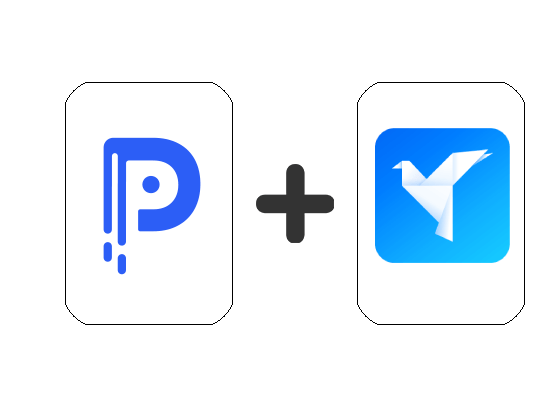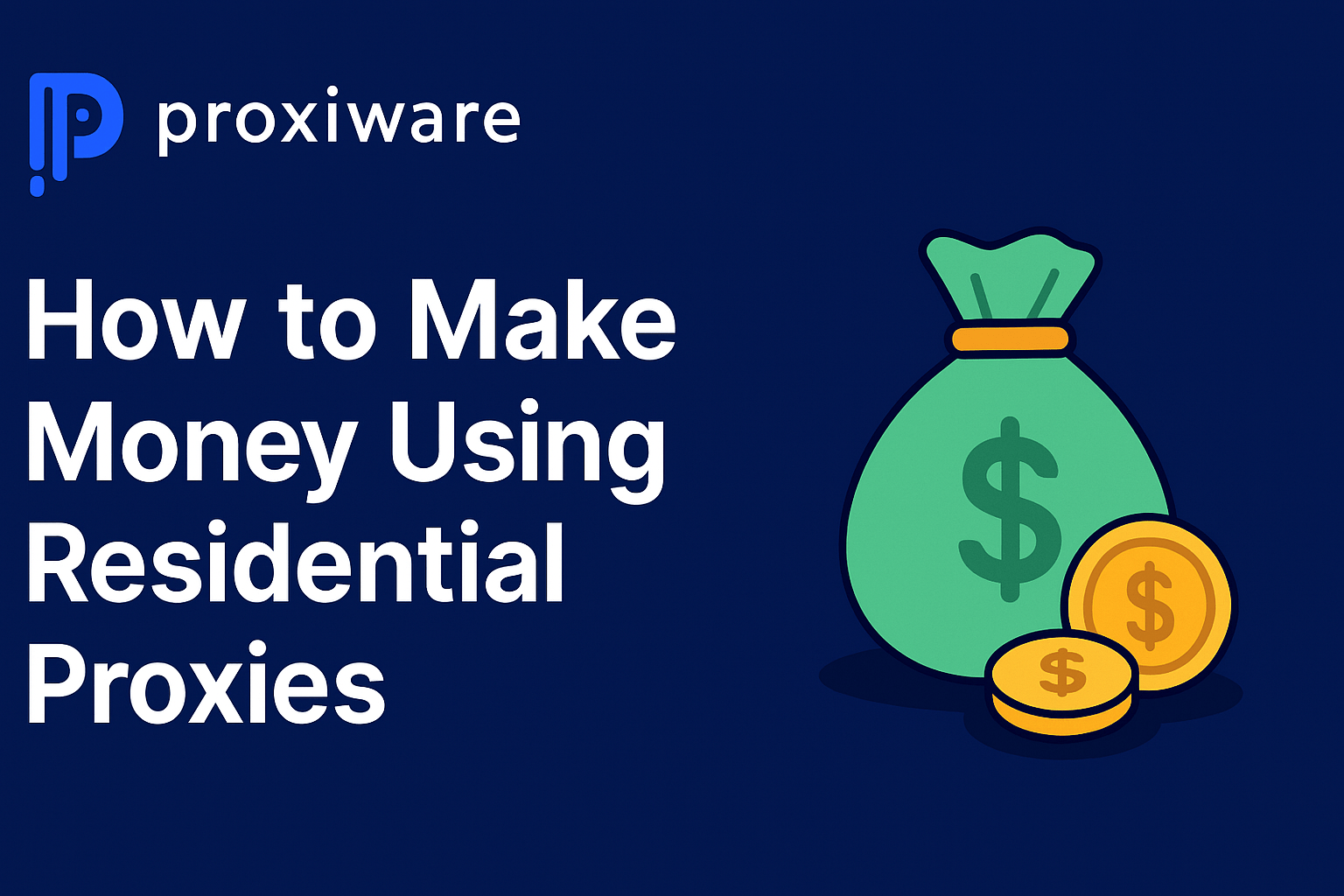Node.js Proxies
Node.js Proxies Proxies are a powerful tool used for intercepting and defining custom behavior in JavaScript. These can be used to manage access to certain objects, manipulate getter and setter behaviors, track object changes, and enhance object functionalities. They are particularly useful for developers working in Node.js, as they can implement complicated logic behind simple commands.
What is a Proxy in Node.js?
In Node.js, a Proxy is an object that wraps another object (target) and intercepts the fundamental operations of the target object. It’s like having a placeholder for an object which controls access to it. This is highly useful for adding additional functionalities before forwarding the operation to the target object.
How can you create a Proxy in Node.js?
You can create a proxy in Node.js using the ‘Proxy’ constructor, which takes two parameters – target and handler. The ‘target’ is the object which the proxy virtualizes or stands in for, while the ‘handler’ is an object which defines the behavior that the proxy should exhibit when it intercepts the operations of the target object.
When should I use a Proxy in Node.js?
You should consider using a Proxy in Node.js when you want to add custom behavior to basic operations on an object, such as property look up, assignment, enumeration, function invocation etc. It’s also useful for logging and profiling, visibility into changes, data binding, validation, and many other scenarios.






